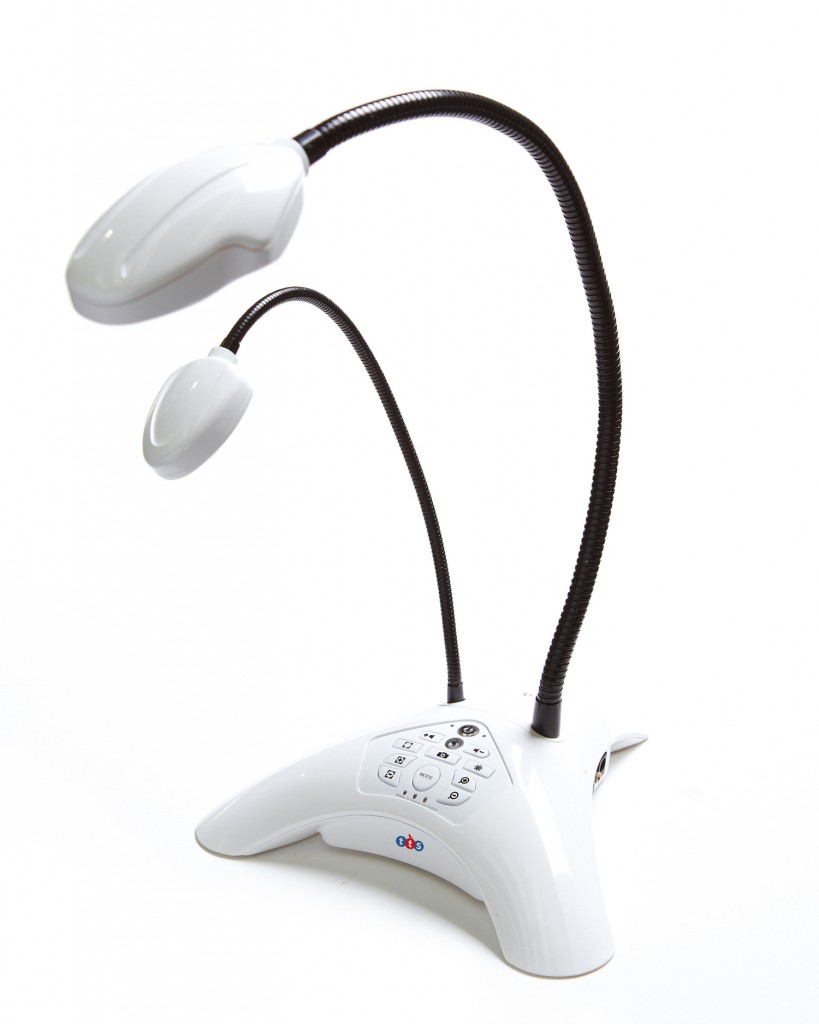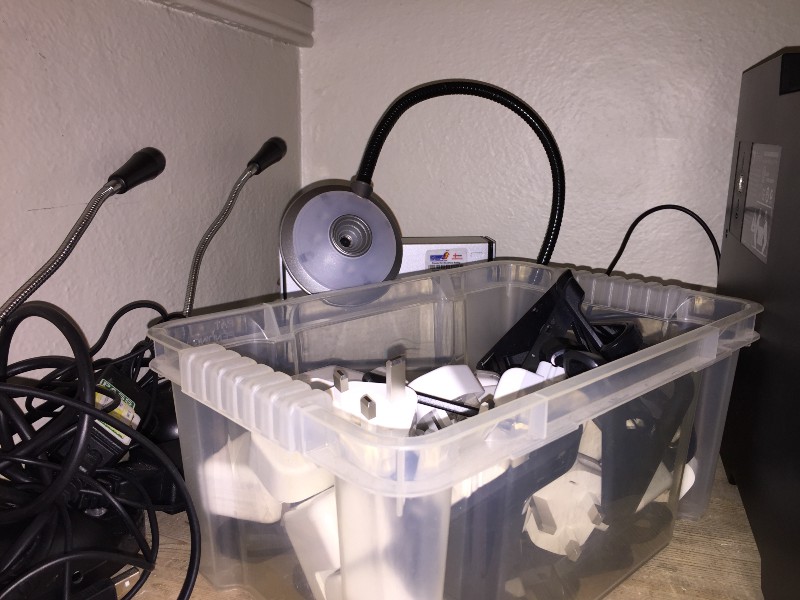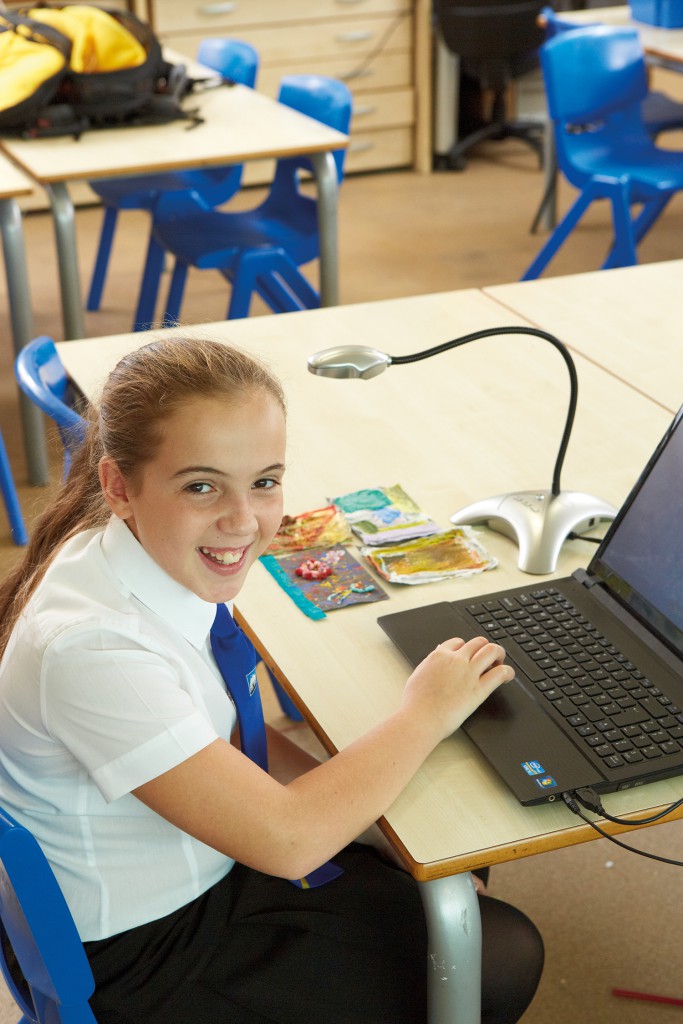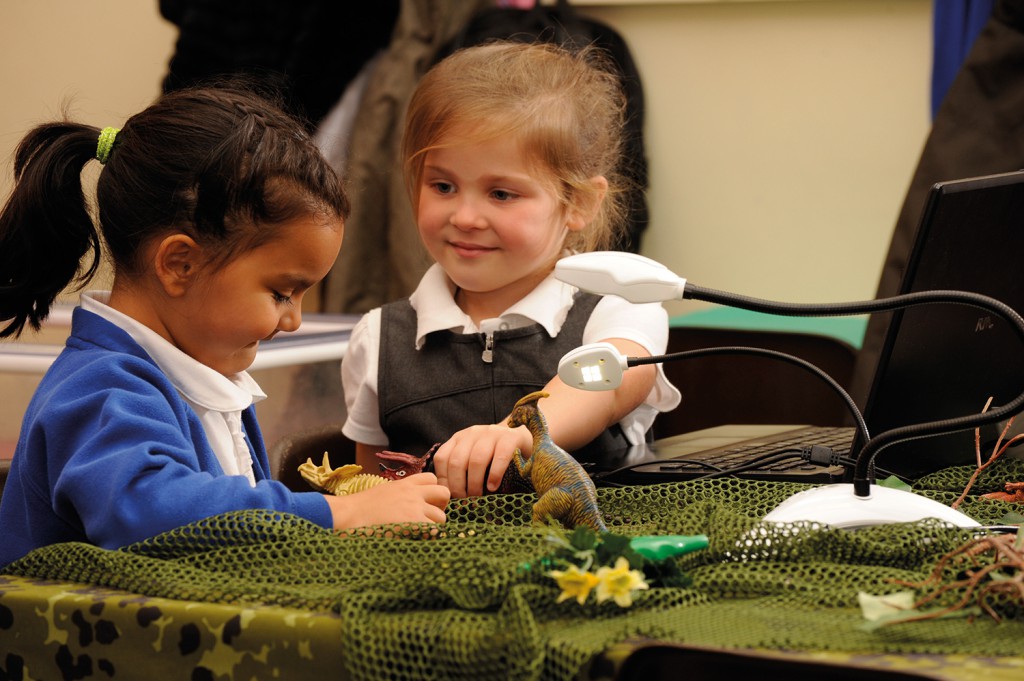In this modern age of iPads, micro:bits, Kodu and coding, there is a wave of new technology, software and ideas relentlessly surging to the fore of education. This change is being driven by the reinvigorated curriculum and its high expectations of pupils’ computing skills, as well as the clear need for teachers to prepare the next generation for a future about which we know only one thing for certain, it will be digitally driven!
The new computing curriculum brought with it a range of technical skills that until now had never been uttered within a primary setting. Teachers the length of the country have been quickly learning how to code, de-bug programmes, use a variety of inputs and finally work out what these darn ‘algorithms’ are!
Blue-Bots are coming into their own because of their possibilities within coding. iPads are being bought by the class load because of their adaptability for use with everything from programming and debugging, to practising correct grammar and mental maths. Spoken language objectives and an emphasis on oracy has meant that green/blue screen technology is being bought in to allow children to present in different ways. A raft of companies have moved to fill the gap in Maths and English provision created by a change in syllabus by producing schemes of work, planning documents or online systems which support teachers in their planning and delivery. As an educational gadget enthusiast the new changes to the curriculum and the freedom/possibilities that it presents excites my pedagogical thinker in me.
However I feel that there is a real risk of losing some of the long standing digital tools that have enhanced the learning of millions of children over the last decade. These gems of technology are being forgotten as they are swamped by the influx of new products.
I recently went into our own computing store, something which should not be done with a feint heart, and as I stalked the dusty shelves for an illusive spare battery charger, I came across one such piece of hardware, lurking behind a stack of iPad charging plugs.
As the visualiser peered solemnly over the top of the plugs, it occurred to me that one of my long loved tools for use across the curriculum was being slowly forgotten, left to gather dust with the roamer and pixie. I had a walk around the classrooms in school and I could see that they were still clearly available to class teachers, but that they were sometimes left to sit, alone and helpless, on a back desk or behind a monitor.
Following my hunt around school, I chatted with every member of staff and received a variety of responses, from “Ohh! I’d forgotten I had that.” to “I didn’t think we were using those any more?”. The new technology we have been promoting in school was apparently pushing this fabulous tool and friend of the pragmatic teacher to the back of our group consciousness.
Yes, these new technologies are wonderful and some have made teaching the computing curriculum engaging for both pupils and adults alike, but currently we run the risk of ditching established tools as they are overtaken in our priorities.
In 1956 George Miller summarised that short-term memory had a capacity of about “seven plus-or-minus two” chunks of information and it appears that teachers have a similar capacity for retaining the use of technology in the classroom. Once we hit the ‘magic seven’ it appears that any new technology has to push out an existing piece from memory in order to survive!
The thought of these tools being lost to teaching, sitting in cupboards, closets and on shelves, brings me back to the wonderful world of visualisers and how their use as AN AID TO LEARNING across the curriculum is somehow being overlooked by many.
Below is my by no means exhaustive list of uses for this brilliant technology, all of which I can say I have tested myself and found that it enhanced the learning of the pupils in my care:
- Reviewing: In plenaries the visualiser has the awesome potential for pupils to instantly share, explain and give/receive feedback on any piece of written work. They are given the option to remain anonymous but most enjoy the challenge of showing their work to their peers and discussing how they can improve it through editing. Without the visualiser this instant sharing of work is very difficult and normally means a rush to the photocopier or quickly taken blurred photo.
- Inputs: How many times have we struggled with resources, trying to explain how to use a resource we have for ready independent activities using one small version at the front of the class. Anyone who has taught reading the scale of a measuring cylinder or weighing scale using the available ITPs will know the difficulties posed by this situation. You are left in a situation in which either the children cannot see the example, or the large whiteboard based example does not match the resource available to the children. Having the visualiser to hand and ready to go means that we can show the children exactly what they shall experience in their independent work, modelling the activity accurately and succinctly, minimizing the time spent teaching, but maximizing the time pupils spend learning.
- Animating: The visualisers we have in school are perfect for animating parts of stories, processes in science, historical events, documenting a skill in maths etc. They work brilliantly with animation software such as Zu3d or I can animate. The children are always engaged by the process of making and editing their video and creating their own show to share with parents and peers.
- Editing: The visualiser comes into it’s own within the new curriculum and the expectation for pupils to edit by ‘making simple additions, corrections and revisions’ to their work. It is so easy either in a plenary or during an input to show a piece of writing under a visualiser and then add to, correct or revise the writing. This sharing and valuing of each others writing also goes a long way to meeting the expectation that pupils develop a positive attitude towards a stamina for writing in a variety of forms.
- Focussing on objects otherwise too small to share: Often in our classrooms we would like to share an object, process or idea which is just too small to allow all children access to. Whether it be showing the reaction of iron filings to the poles of a magnet or how the petals of a leaf change when stood in food colouring, the classroom visualiser is your pupils door to the small world of science and a variety of other subjects.
- Modelling: Often we shall have enough resources for the children to have one each either on the carpet or at tables and many times I have fallen into the trap of thinking that this will be enough for the children to be able to follow my instructions through using the apparatus. I recently taught a lesson using mirrors to spot reflective symmetry. Every child had their own mirror and so did I, but it was only when I could show the children the how my mirror looked from their point of view, and had the capability to annotate over the top of the image, that they really understood the process of using the mirror to check for reflective symmetry. Using the visualiser I was able to show the children what it should look like from their own point of view, rather than them try to imagine what I was seeing using my own mirror at the front of the classroom.
- Grab an image: Using the software provided with your visualiser, or that incorporated into many whiteboards currently available, you can quickly and easily grab a shot of anything you wish to share with the children and have that to refer back to at any part of that lesson, unit or year.
- ZOOM!: Some visualisers or software give you the capability to zoom into an object and therefore open up a new world of micro objects for the children to study. Whether you are in year 1 investigating materials and their properties, or year 6 investigating how fossils provide information about livings from the past, visualisers are able to give you a closer look at your focus and breathe a fresh vigor into any lesson.
- Shared reading: Sometimes it is simply not possible to find the right text in digital form. Our school is full of small books which we have only have one copy of, but are absolutely ideal for a specific lesson. With your visualiser you can easily share this with the class and they can access the text as if they had their own copy to follow.
- Time-lapse: Parts of our curriculum now require us to witness changes over time, for instance the growing of a plant or rotting of a leaf. Our school is also part of the rocket science project organised by the RHS and we are expecting seeds from space to be delivered to us soon. We shall be setting up a visualiser with software designed to allow us to take time-lapse photos, then we shall put these photos together to see our space seed growing. We shall also be able to stream this to our website, hopefully engaging many more pupils and parents with science investigation.
- Webcam: Often there is the possibility to conference call or video call a celebrity or key figure in a field. Laptops come with this capability but if the laptop is running the whiteboard software then it is often impossible to move. With the visualiser attached you have the flexibility of a longer cable and can even move the camera around to allow the caller to interact with individual pupils.
The possibilities of where a visualiser can take the learning in a classroom are endless and hopefully educators are still keeping their visualisers at hand, ready for any situation in their classroom. In this way pragmatic and skilled teachers can make the most of every moment they have with their class.
Where is your visualiser? View 11 current and brilliant uses for your visualiser here:
11 current and brilliant uses for your visualiser (you may need a duster!)
With thanks to Darren Hooley, Deputy headteacher at @ladycrossschool Forest School leader, SLE, Assessment lead teacher for writing this blog.







